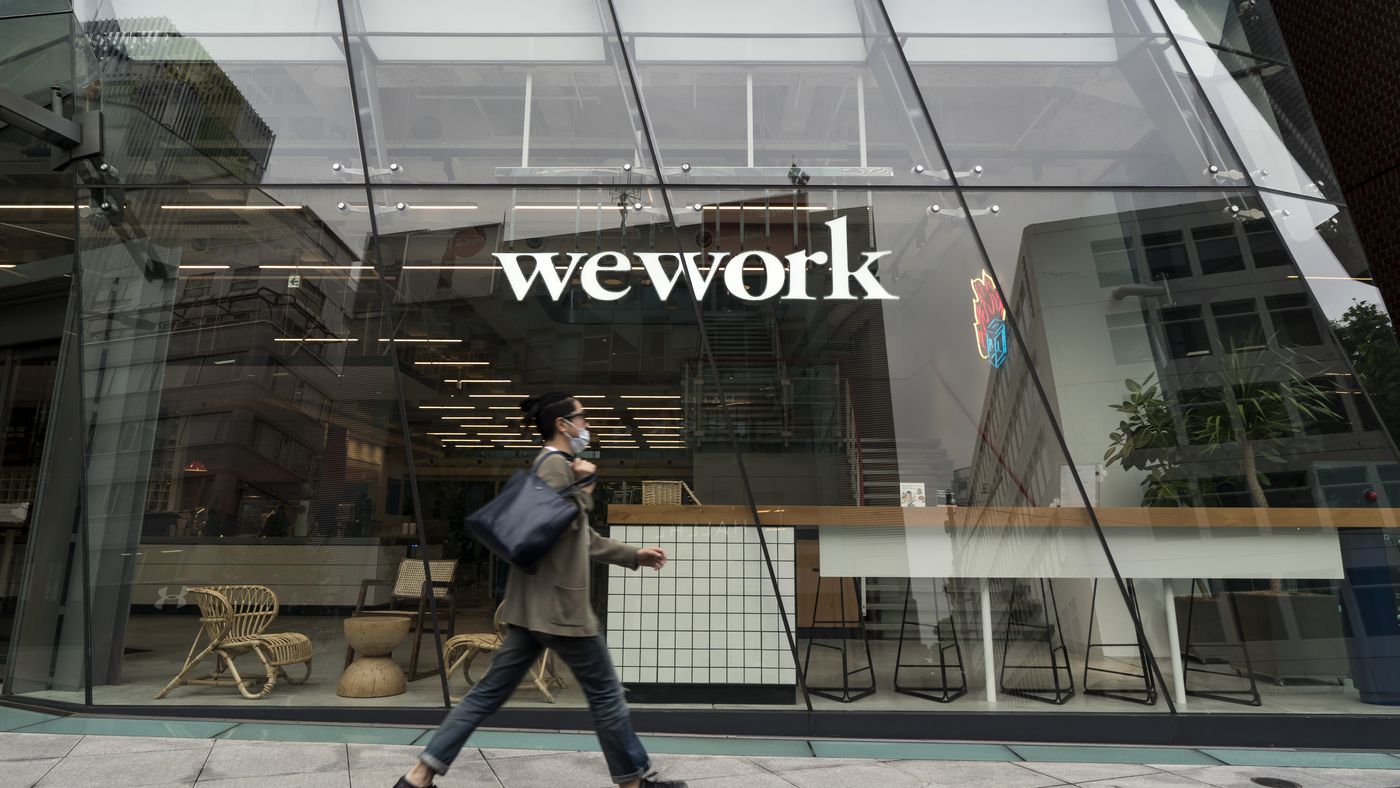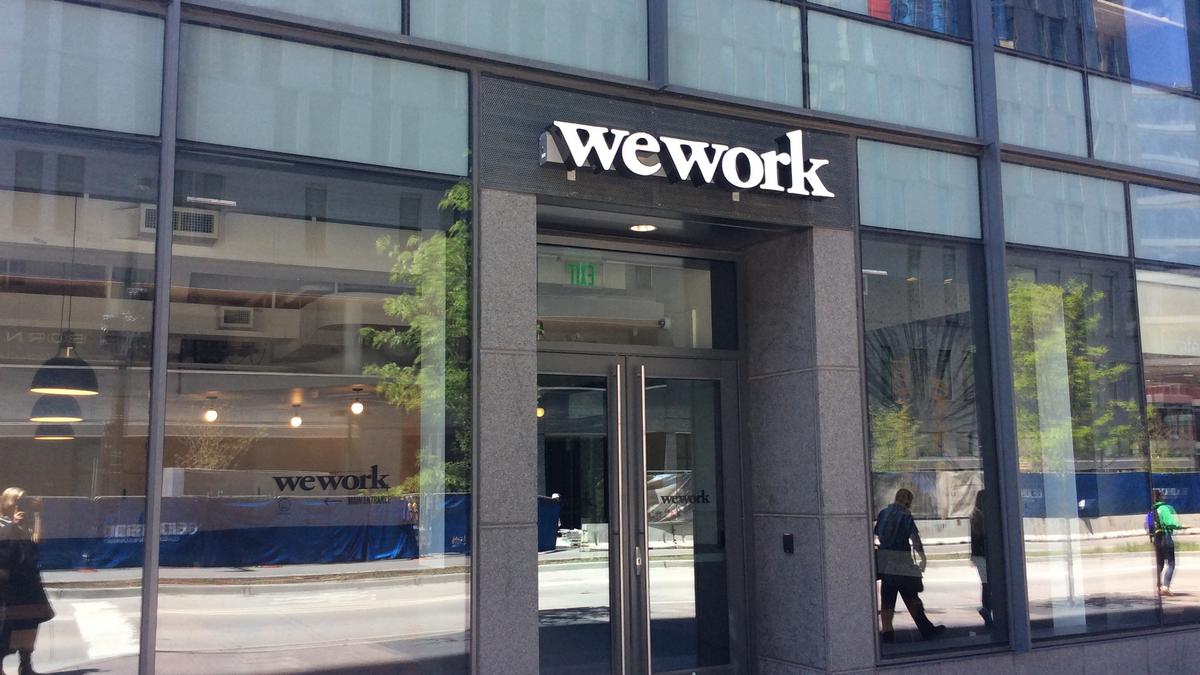About the Author
Sarah Jones is a seasoned commercial real estate professional with over 15 years of experience in lease negotiation and property management. Having witnessed the rise of coworking spaces, she’s passionate about helping landlords navigate the evolving market dynamics.
Navigating the New Landscape: WeWork Renegotiations and Beyond
The recent financial woes of coworking giant WeWork have sent shockwaves through the commercial real estate industry. Landlords across major cities are bracing for the impact as WeWork seeks to renegotiate leases or exit them entirely. This article delves into the situation, explores the challenges it presents, and equips real estate professionals and investors with valuable strategies to navigate the changing coworking landscape.
Understanding the WeWork Situation
WeWork’s rapid expansion relied heavily on long-term leases with landlords. However, with a slowdown in tenant demand and its own financial struggles, WeWork is now seeking concessions from landlords. These concessions can include rent reductions, lease terminations, or shorter lease terms.
Potential Challenges for Landlords
- Vacancy Risks: WeWork vacating large spaces can create significant vacancies, leading to lost rental income and difficulty finding new tenants, especially in saturated markets.
- Renegotiation Pressure: Landlords might be pressured to accept unfavorable lease terms to retain WeWork as a tenant, potentially impacting future profitability.
- Coworking Market Uncertainty: The WeWork situation raises questions about the long-term viability of the coworking model, potentially affecting investor confidence in the sector.

Strategies for Landlords
1. Assess the Situation: Carefully evaluate each WeWork lease, considering factors like market vacancy rates, the cost of re-leasing the space, and the strength of alternative tenants.
2. Explore Negotiation Options: Be prepared to negotiate, but don’t concede on core principles. Consider offering shorter lease terms, rent reductions tied to performance benchmarks, or subletting options for WeWork.
3. Diversify Your Portfolio: Mitigate risk by attracting a wider range of tenants beyond coworking spaces. This could involve targeting established businesses, startups in different sectors, or even creating flexible office solutions tailored to smaller companies.
4. Stay Informed: Keep up-to-date with the evolving coworking industry. Analyze market trends, understand the needs of different tenant types, and adjust your leasing strategies accordingly.
Key Considerations for Lease Renegotiation
| Factor | Description |
|---|---|
| Market Rent | Research current market rates for comparable office space in your location. |
| Tenant History | Evaluate WeWork’s track record of on-time rent payments and adherence to lease terms. |
| Vacancy Risk | Assess the local market’s vacancy rate and the potential difficulty of finding a new tenant. |
| Lease Flexibility | Consider offering shorter lease terms or clauses allowing WeWork to sublet portions of the space. |
Comparative Table: Traditional Lease vs. Coworking Lease
| Feature | Traditional Lease | Coworking Lease |
|---|---|---|
| Lease Term | Typically Long-Term (3-5+ years) | Shorter Term (1-3 years) or Flexible Options |
| Tenant Mix | Single Tenant | Multi-Tenant with Diverse Businesses |
| Amenities | Limited or Tenant-Funded | Often Shared Amenities Included in Rent |
Conclusion:
The WeWork situation presents both challenges and opportunities for landlords. By understanding the market dynamics, implementing strategic negotiation tactics, and adapting to a changing tenant landscape, real estate professionals can not only mitigate risks but also potentially find new ways to thrive in the evolving coworking space.



